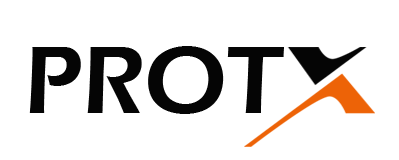Benefits of Thermal Spraying
Thermal spraying has a number of key benefits, some are detailed below:
-
Versatility with respect to the coating material, which can be metal, cermet, ceramic and polymer, in the form of powder, rod or wire. There is a comprehensive choice of coating materials to meet the needs of a wide variety of applications, in particular protection from wear and corrosion damage.
-
Coatings of metal, cermet, ceramic and plastic can be applied to any substrate that will not degrade from the heat of the impinging particles or gas jets.
-
The coating is formed with minimal heating of the substrate and the coating does not need to fuse with the substrate to form a bond. Substrate temperature seldom exceeds 300°C. As a consequence, coatings can be applied to components with little or no pre- or post-heat treatment and component distortion is minimal. The coatings can also be applied to thermal sensitive substrates such as low melting point metals and plastics.
-
Thick coatings, typically up to 10mm, can be applied and often at high deposition rates. This means that thermal spraying can also be used for component reclamation and spray forming. Parts can be rebuilt quickly and at low cost, usually at a fraction of the replacement price.
-
Thermal spraying has the capacity to form barrier and functional coatings on a wide range of substrates.
-
More recently, thermal spraying has been recognised as a key process for the synthesis of specialised coatings and materials. It offers the ability to create freestanding structures for net-shaped manufacture of high performance ceramics, composites and functional graded materials. It is also used for the rapid-solidification synthesis of specialised materials. Thermal spraying is now being considered for the synthesis of advanced functional surfaces such ascatalytic coatings, dielectrics, ferrites, bioactive materials and solid oxide fuel cells
-





